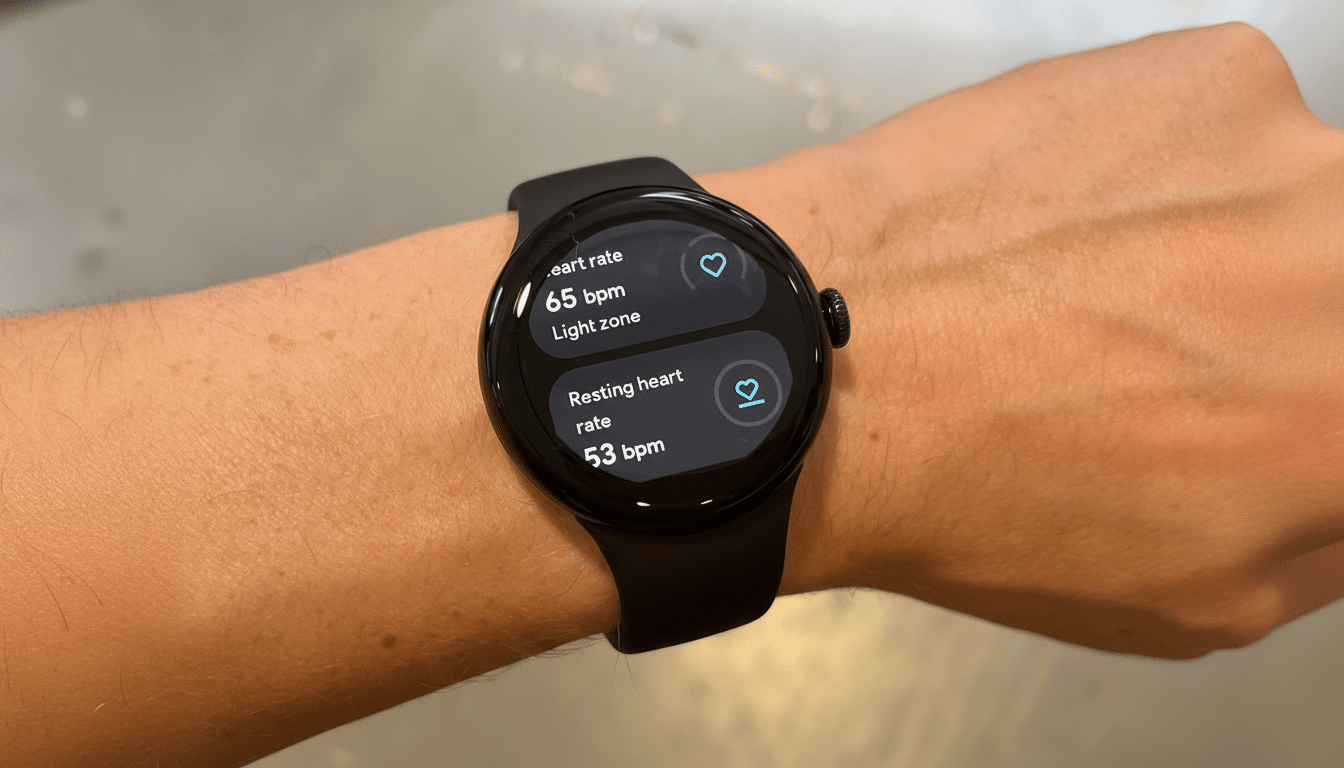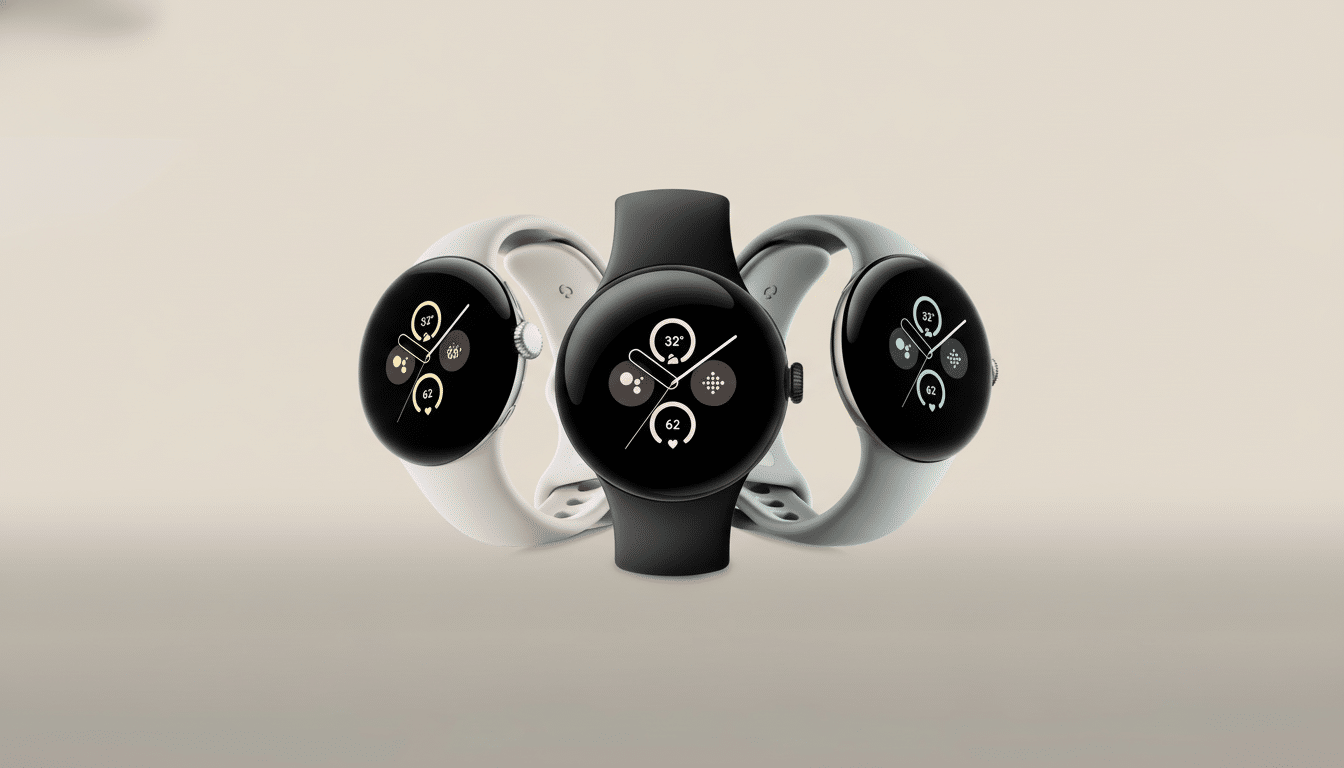Google on Wednesday published a new software update for its smartwatch lineup, announcing the widespread release of Wear OS 6 to Pixel Watch 2 and Pixel Watch 3 with a fresh security patch. The release, known as build BP3A.250905.014.W3, also includes other quality-of-life enhancements such as Google Maps auto-launch on the wrist, a longer-lasting Safety Check timer, and refreshed Tiles for quicker information at a glance.
Wear OS 6 lands on Pixel Watch 2 and 3 in staged rollout
This release will allow second- and third-generation owners to use Wear OS 6, with the update rolling out in stages based on your region, carrier setup, and device. You’ll be alerted when it’s available, but you can also check manually from Settings > System > System updates on your watch if you haven’t received the prompt. This approach is commonly used by Google to launch wearable updates and aims to ensure a consistent user experience for all devices.
- Wear OS 6 lands on Pixel Watch 2 and 3 in staged rollout
- Security patch and critical vulnerability fixes detailed
- Maps auto-launch on watch and improved safety features
- Refreshed Tiles and interface tweaks improve glanceability
- How to update your Pixel Watch to Wear OS 6 safely
- Why this matters to Pixel Watch owners and developers

The version leap itself may be the headline, but the day-to-day benefits are delivered through finesse and consistency. For instance, “BC25 Styles & Component Adoption,” Google CU clarifies, brings changes to design and UI surfaces to make apps and system surfaces more consistent with the latest wearable components. This should enhance text legibility and require fewer taps for quick actions across tiles, app cards, and system dialogs.
Security patch and critical vulnerability fixes detailed
The update comes bundled with the latest Pixel Watch security patch featured in Google’s official security bulletin. Importantly, this includes a fix that mitigates vulnerabilities in some Qualcomm components — a critical defense given the attack surfaces of wearables including Bluetooth, Wi‑Fi, and sensor frameworks. This is not new in the security world; NIST, ENISA, and other organizations have said for years now that timely patching of connected devices — be it wearables or others — is important.
For account holders, this means more protection without having to alter their behavior. The new patch level also helps IT departments that manage corporate fleets maintain compliance baselines, and in those environments with stricter device posture requirements.
Maps auto-launch on watch and improved safety features
Google Maps can now automatically open on the watch when you start navigating from your phone, sending turn‑by‑turn directions to your wrist without any additional input. It’s a small touch that pays off in motion: cyclists can eye the route with less distraction, runners feel haptic nudges for upcoming turns, and rideshare users can check progress with less fishing on the phone.
Safety Check — the feature that lets you auto-share your status with select contacts unless you check in — adds a longer time option. The add-on is more useful in the real world for late-night rides home, solo hikes, and after-hours shifts when you might not be particularly confident that someone’s around to help if you need it. Paired with the watch’s cellular models, it adds a level of peace of mind even if you keep your phone stowed in a bag.

Refreshed Tiles and interface tweaks improve glanceability
Google is refreshing Tile templates and layouts — the fundamental building blocks for quick-glance information access on Wear OS. The new patterns are designed to bring the right information forward with less visual noise, possibly helping your display stay off longer and making the interface more responsive overall. A fitness Tile, for instance, might bring up live heart rate zones more prominently during a workout, while a calendar Tile could make upcoming meetings clearer at a glance.
Developers benefit here, too. The updated templates make it easier to use consistent typography, spacing, and touch targets across apps. According to Google’s developer guidance for Wear OS, that tends to mean more reach (and less wonky rendering) across watch shapes and sizes.
How to update your Pixel Watch to Wear OS 6 safely
To expedite the process, set your watch on its charger, maintain a battery level above 50%, connect to Wi‑Fi, and confirm that your paired phone has an active internet connection.
If you do not see the update right away, try again later — staged rollouts take time, and availability may depend on the carrier. Once installed, a rapid reboot will allow all recently updated apps and Play Services background changes to take effect.
Why this matters to Pixel Watch owners and developers
For customers, the inclusion of a major OS update, a security patch level when you read this, and numerous small‑yet‑considerate touches is a sign that Google continues to invest in the Pixel Watch platform. Convenience upgrades — such as Maps auto‑swiping open and a lengthened Safety Check — are the sorts of shifts you feel every day.
Developers: having your components adopted more consistently and making updates to Tile patterns will help keep designs from drifting apart or becoming fragmented. That typically means shorter iteration cycles and fewer edge cases — music to the ears of fitness, navigation, and productivity apps that depend on quick, glanceable updates. More to say: less about glowing novelties, more about the solid foundation work that makes a wearable feel cohesive and secure for the long haul.

